By Mike Phifer
The column of sweaty, exhausted Japanese soldiers trudged single file through the thick, dark jungle. For days they had been pushing inland from the western end of Guadalcanal. They had embarked on their slow-moving jungle march on October 16, 1942. They tramped steadily through nearly impenetrable jungle growth, clawing their way over knife-edged ridges. At one point they waded through the chest-deep Lunga River, holding their weapons aloft as they crossed. Adding to the weight of their gear and rations was the artillery shell that each soldier was required to carry. The crews of the weapons teams had it particularly tough. Each carried a section of a dismantled gun. Their load was so heavy that they all eventually dropped back to the end of the column.
These men belonged to Lt. Gen. Masso Maruyama’s 2nd Division of Lt. Gen. Harukichi Hyakutake’s 17th Army. Despite their difficult trek, they were confident they could defeat the U.S. Marine Corps units and the one U.S. Army unit holding the vital airfield known as Henderson Field. A thick jungle canopy kept Maruyama’s column hidden from the eyes of American aviators. The Japanese planned to launch a surprise attack from the south against the Americans on October 22. So confident of success were the top officers of the Japanese 17th Army that a plan would be drawn up beforehand for the expected American surrender, which would be heralded by the code signal “Banzai.” After their victory, Guadalcanal would be back in Japanese hands.
At Lunga Point, the gritty American leathernecks, many of them tired and sick, along with a regiment of green U.S. Army troops, waited in their rifle pits and entrenchments for the main attack, which they believed would come from the west. They would soon learn otherwise.
More than three months earlier the Japanese had begun construction on that very airfield. As the Japanese advanced across the South Pacific, they captured Rabaul on the island of New Britain in January 1942. By securing Rabaul with its excellent harbor and constructing an airbase there, they strengthened their defensive perimeter in the South Pacific, which also included a strong naval base at Truk in the Caroline Islands.
To safeguard Rabaul from Allied attack, the Japanese advanced to New Guinea, landing forces there and in the Solomon Islands. In early May, the Japanese captured Tulagi, which had been the site of the headquarters of the British Solomon Islands Protectorate and was located 20 miles from Guadalcanal, the largest island in the Solomons chain. They landed a small force on Tulagi and established seaplane bases there and on a nearby island.
After the strategic defeats Japan suffered at the Battle of the Coral Sea in May 1942 and the Battle of Midway in June of that year, the Imperial Japanese Navy further strengthened its defensive perimeter by ordering airfields constructed in key areas such as Guadalcanal. In early July 1942, two Japanese construction units landed at Guadalcanal and began work on the airfield at Lunga Point which was expected to be completed the following month.
Once the airfield was completed, it would help counter anticipated Allied operations in the region and help cut the vital Allied supply line between Australia and Hawaii. The Americans did not plan to let that happen.
After some serious discussions and compromise among the American Joint Chiefs of Staff, Admiral Chester Nimitz, Allied commander in chief of the U.S. Pacific Fleet and Pacific Ocean Areas, was ordered to capture Tulagi and the Santa Cruz Islands, where a base would be established, while General Douglas MacArthur, supreme Allied commander in the southwest Pacific, was to capture the northeast coast of New Guinea. After that, the Americans planned to attack Rabaul. Upon learning of the Japanese airfield that was being constructed on Guadalcanal, Nimitz was ordered on July 5 to take Guadalcanal. Thus, the capture of the island became the primary focus of Operation Watchtower. The Americans also planned to take Tulagi.
With an amphibious force of 82 vessels drawn from the U.S. and Australian navies, the 1st Marine Division under Maj. Gen. Alexander Vandegrift was tasked with securing both Tulagi and Guadalcanal. The 1st Division was missing its 7th Marines, which had been sent to Samoa and had been replaced by the 2nd Marines, 2nd Marine Division. The assault, which was to be the first American ground offensive of the war, was scheduled for August 1.
The attack would be delayed for a week. Vandegrift needed the extra time to get supplies loaded on ships at Wellington, New Zealand, and learn what he could about Japanese strength on Guadalcanal. He also needed information on the island. Guadalcanal is roughly 90 miles long and 25 miles wide. A mountain chain runs down the middle of the tropical island. The coastal plain on the north side of Guadalcanal is more suitable to military operations than the south side.
On August 7, the task force divided into two groups as it moved into position to attack Guadalcanal and Tulagi, as well as other nearby islands. After Allied naval guns had shelled suspected enemy shore batteries and carrier-based planes bombed enemy airfields, 3,000 U.S. Marines hit the beaches on the islands of Tulagi, Gavutu, and Tanambogo. They secured their positions after only two days of fighting.
Meanwhile, the roughly 11,300 men of the 1st and 5th Marines, minus its 2nd Battalion, landed on the northern coast of Guadalcanal 6,000 yards east of Lunga Point. The Marines met no initial resistance from the roughly 2,800 enemy troops on the island, which were mostly from the Japanese constructions units. On the second day, they encountered only scattered resistance as they secured the nearly completed airfield and its buildings. They also found three antiaircraft batteries, a refrigeration plant, ammunition dump, and a large cache of supplies.
The Marines quickly established a defensive perimeter. Believing a Japanese attack would likely come along the beach, Vandegrift placed the bulk of his leathernecks there with a strong defensive line established to the east at the Ilu River, which the Americans called Alligator Creek, while to the west the defensive line stretched to the village of Kukum past Lunga Point, bending back toward jungle-covered hills. The southern sector, which seemed an unlikely approach for a large-scale Japanese attack due to its rough terrain, was held by support troops strung out in a series of outposts.
Events were soon to take a turn for the worse when the Allied carrier support group, which was exposed to Japanese air attacks, withdrew to a safer location. In the early hours of August 9, the Japanese 8th Fleet moved into the area. It engaged a number of the destroyers and cruisers of the amphibious task force off Savo Island, sinking four Allied cruisers and damaging two others. It was a stunning victory for the Japanese, who had only one destroyer damaged. Fortunately for the Americans, the Japanese did not attack the transport area, fearing a daylight air attack. The Japanese ships headed back to Rabaul, and not long afterward the remaining vessels of the American amphibious task force departed, even though only half of their cargo had been offloaded.
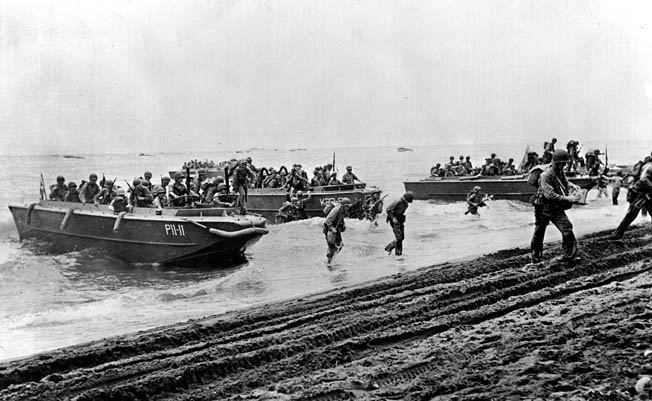
The Marines moved the supplies piled on the beach into the perimeter and continued construction of the airfield. On August 12, the Marines named the airfield Henderson Field after aviator Major Lofton Henderson, who was killed at Midway two months earlier. That same day the first American aircraft landed on the airstrip. Eight days later two squadrons, one of 19 Grumman F4F Wildcat fighters and the other of 12 Douglas SBD Dauntless dive bombers, landed on the airstrip to a joyous reception from the Marines. The Cactus Air Force, as the air support would soon be called, would grow in the coming weeks and months and play a vital role in the defense of Guadalcanal.
Japanese air attacks had started on August 7 and became almost daily after the American carriers departed. At night Japanese warships pummeled the Marines with their heavy guns. Meanwhile, Marine patrols gathered information on the enemy. On August 15, Vandegrift received invaluable intelligence when Coastwatcher Captain Martin Clemens, a member of the British Solomon Islands Protectorate Defence Force, and his native scouts arrived and offered their services to the Americans.
The Japanese high command ordered Hyakutake, whose headquarters was located on Rabaul, to recapture Guadalcanal. On August 15, a contingent of 900 men from the 2nd Battalion, 28th Infantry who were led by Colonel Kiyono Ichiki landed under cover of darkness at Taivu Point on the eastern end of Guadalcanal. This force, also known as the Ichiki Detachment, was the first of those landed in what the Americans called the Tokyo Express. The Tokyo Express was the term Americans coined for the Japanese Imperial Navy’s method of transporting and supplying troops in and around the Solomon Islands.
Ichiki sent out a reconnaissance patrol, which subsequently was wiped out by a Marine patrol on August 19. The Marines quickly returned to their perimeter. On the night of August 20-21, Ichiki’s force attacked at Alligator Creek. Waves of screaming Japanese troops charged the Marines’ position and were mowed down by machine guns. The following morning the Marines enveloped the enemy. Backed by light tanks, the Marines methodically destroyed the encircled Japanese.
More Japanese reinforcements were in a convoy on their way to Guadalcanal, as well as two naval task forces that included a total of three aircraft carriers. On August 24, two American carrier task forces engaged the Japanese in what became known as the Battle of the Eastern Solomons. The Americans sank three Japanese vessels, including a carrier. The following day, the Japanese task forces withdrew. Meanwhile, U.S. aircraft based at Henderson Field attacked the Japanese transport convoy 150 miles east of Guadalcanal, forcing it to retire. Despite the continuing American air threat, the Japanese managed to land reinforcements at Guadalcanal.
The Marines on Guadalcanal were reinforced on August 21 when the 2nd Battalion, 5th Marines was shifted to the larger island following operations on Tulagi. But the Americans still needed more troops to man their expanding perimeter. The Marines made a second attack against the enemy on the west side of the Matanikau River on August 27 after having destroyed a small enemy garrison in the area eight days earlier. The Japanese put up a staunch defence during the day and then withdrew during the night to avoid being encircled as they had been at Alligator Creek.
To the east, U.S. intelligence indicated that a large Japanese force was located at the village of Tasimboko. The 1st Raider Battalion and the 1st Parachute Battalion, which had been transferred from Tulagi, were put under the command of Lt. Col. Merritt Edson and sent by destroyer transports to investigate. Aided by air support, Edson’s men took the village on September 8 expecting to find only light resistance. However, they were surprised at the size of the Japanese force they encountered.
Edson’s men had hit the rear guard of a force of 5,200 Japanese troops, most of whom belonged to Maj. Gen. Kiyotaki Kawaguchi’s 124th Infantry, which had begun arriving at Taivu Point in late August. Simultaneously, a smaller force of 1,000 Japanese troops had landed on the western end of the island.
Kawaguchi struck out southwest, planning to attack Henderson Field from the south. Waiting for them were Edson’s 1st Raider and 1st Parachute Battalions, which had been deployed on Lunga Ridge in a sector south of the airfield that became known by two other names: Edson’s Ridge and Bloody Ridge. Over a two-day period beginning September 12, the Japanese launched repeated frontal assaults that were repulsed with heavy losses.
Despite Kawaguchi’s failure, the Japanese were determined to take the island and continued sending more troops to Guadalcanal, including the 38th Division, 2nd Division, 8th Tank Regiment, and artillery units. Vandegrift also received much needed reinforcements when the 7th Marines rejoined their division. With the arrival of this regiment, Vandegrift was able to construct a comprehensive defense of his perimeter. He divided it into 10 sectors. Three of the sectors fronted the beach, and the other seven faced inland. Some areas were lightly manned and vulnerable to attack.
Diseases, such as malaria and dysentery, took a heavy toll on the Marines and airmen who were subsisting on reduced rations. The situation was no better for the Japanese troops, who were reduced to a third of their normal rations due to supply problems caused in part by the rough terrain, difficulty of moving supplies, and the interdiction of Marine aviators. Japanese pilots also were making things miserable for the Americans with their almost daily bombing runs.
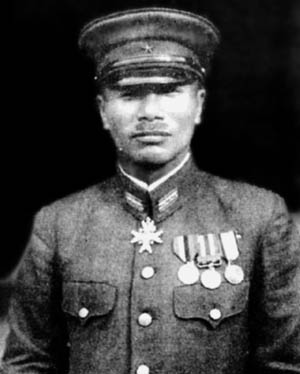
With his reinforcements, Vandegrift set out to clear the enemy from the Matanikau area. On October 7, the Marines launched their assault first with the 5th Marines (minus its 1st Battalion) attacking west toward the mouth of the Matanikau River, driving back elements of the Japanese 4th Infantry, 2nd Division. A second Marine force under the command of Colonel William Whaling, which consisted of the 3rd Battalion, 2nd Marines and the divisional Scout Sniper Detachment, together known as the Whaling Group, followed by the 7th Marines (minus the 3rd Battalion), was to push inland and cross upriver. This movement would occur while the 5th Marines made their holding attack.
The 5th Marines drove the enemy back to the river’s mouth, where the tenacious Japanese clung to a small bridgehead. Reinforced with a company from the 1st Raider Battalion, the 5th Marines continued to shrink the Japanese bridgehead on October 8. At dusk the Japanese troops attacked the Raiders in an attempt to escape, but the Raiders held their positions.
Delayed by heavy rain, the Whaling Group crossed the river on October 9, while the 5th Marines and the Raiders destroyed the last of the Japanese resistance on the east side of the river. At the same time, the Whaling Group and the 7th Marines on the west bank of the river pushed north. The leathernecks under Colonel Lewis B. “Chesty” Puller, the commander of the 1st Battalion, 7th Marines, inflicted heavy casualties on the enemy with infantry fire and artillery support. In three days of fighting, the Japanese 4th Infantry lost 700 men.
Despite the defeat, the Japanese continued to prepare for their assault on Henderson Field. But they underestimated the Marines’ strength on the island, which they put at 10,000 men. The Marines’ actual strength was more than double that estimate. On October 10, Hyakutake arrived on the west end of Guadalcanal to personally oversee the operation. He found understrength battalions, a shortage of shells for the artillery, and many of the troops in poor shape. Hyakutake ordered more troops to the island.
The Marines also received reinforcements. On October 13, approximately 3,000 soldiers of the 164th Infantry of the Army’s Americal Division landed on Lunga Point. Vandegrift’s force now numbered 27,727 men, of which 23,088 were on Guadalcanal and the rest on Tulagi.
With the arrival of the 164th Infantry, Vandegrift expanded his perimeter by establishing a position along the east bank of the Matanikau River. Such a position was essential to control the mouth of the river, as a sandbar made it possible for the Japanese to move up tanks, large guns, and vehicles. Elsewhere along the river the terrain and jungle made it impossible to move heavy equipment across.
The 3rd Battalion, 1st Marines and the 3rd Battalion, 7th Marines were responsible for holding this key position. They were supported by a battalion of the 11th Marines and elements of the 1st Special Weapons Battalion. The units established a fortified horseshoe-shaped position on the high ground along the Matanikau with their right flank refused east along the beach and their left refused east along the ridge of Hill 67.
Marine patrols covered the gap between the exposed position and main line. To bolster their defenses, the Marines laid antipersonnel and antitank mines. The Marines also placed 37mm antitank guns and a 75mm tank destroyer in concealed positions to cover the sandbar, which they planned to illuminate with headlights from amphibious tractors in the event of a night attack by the Japanese.
After receiving substantial reinforcements, Vandegrift adjusted his 22,000-yard-long defensive line atop Lunga Ridge. He divided it into five sectors.
Sector One, which covered the beach, was held by the 3rd Defense Battalion along with part of the 1st Special Weapons Battalion. They were supported by amphibian tractor, engineer, and pioneer troops. Sector Two, which stretched partly along the beach and then turned inland along the Ilu River for 4,000 yards before swinging west, was defended by the 164th Infantry and part of the 1st Special Weapons Battalion.
Sector Three, which covered 2,500 yards of jungle from the Army regiment’s right flank to the Lunga River and included the southern slope of Edson’s Ridge, was held by the 7th Marines (minus a battalion). Sector Four, which was the responsibility of the 1st Marines (minus a battalion), stretched from the Lunga River for 3,500 yards of jungle. Sector five, which constituted the perimeter’s western corner, was defended by the 5th Marines.
Each regiment was ordered to hold a battalion in reserve. An exception to this rule was the two battalions of the 1st and 7th Marines at Matanikau. The 1st Tank Battalion and 3rd Battalion, 2nd Marines aboard trucks were also held in reserve.
The Japanese attack on Guadalcanal was to be a combined operation. A pair of senior Japanese officers peered at the terrain south of Henderson Field from the towering Mount Austen, six miles southwest of the airfield. From their observation, they deemed the jungle more accessible than first thought and mistakenly reported no American defenses in this area.
Meanwhile, a Japanese naval force steamed toward Guadalcanal. It intended to shell Henderson Field, but American patrol planes spotted the Japanese ships shortly before midnight on October 11 and radioed their positions for counterattack purposes. U.S. Navy vessels engaged them in what became known as the Battle of Cape Esperance, sinking two vessels and damaging two more. The next day two Japanese destroyers were sunk by fighters and dive bombers from Henderson Field.
On October 13, two waves of Japanese bombers hit Henderson Field. Then enemy artillery, which the Marines soon nicknamed “Pistol Pete,” positioned near Kokumbona opened up. To make matters worse, two Japanese battleships blasted the airfield for 80 minutes. They also damaged some aircraft in their bombardment. When their smoking guns stopped, bombers were soon raiding the airfield again until daylight.
Henderson Field was badly damaged by the afternoon of October 14 and was shut down, although a few B-17s did manage to take off in the morning. The Cactus Air Force, however, was not out of operation because the construction battalion had built a grassy runway strip, known as Fighter Strip No. 1, to the southeast, which now acted as the main airfield.
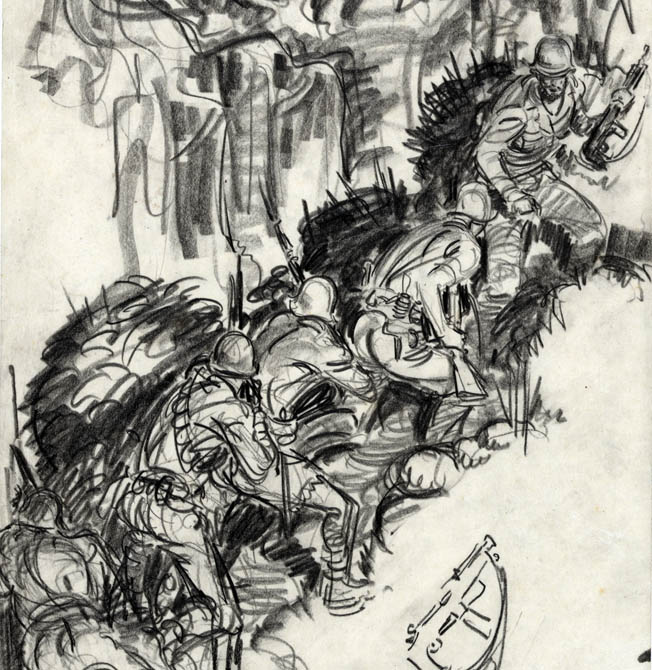
At dawn the next day five enemy transports unloading men, equipment, and supplies were spotted at Tassafaronga Point on the western end of the island. With the transport vessels were 11 escort warships. Scavenging what fuel they could and draining drums flown in from Espiritu Santo, the Cactus Air Force soon had some planes in the air. Battling Japanese fighters, the Cactus Air Force, aided by Army bombers, sank one transport and set two more on fire. Despite this the Japanese managed to offload 4,000 troops and 80 percent of their cargo before retreating. A land attack was imminent.
Hyakutake had assembled 20,000 troops, including the survivors of the Ichiki and Kawaguchi forces, as well as two battalions of the 38th Division and the 2nd Division. Besides artillery support, Hyakutake also had a tank company.
As part of the Japanese plan, a force led by Maj. Gen. Tadashi Sumiyoshi, artillery commander of the 17th Army, with the Army’s heavy artillery, a tank company, and five battalions of infantry totaling 2,900 men, was to divert American attention along the Matanikau costal area. His force was to continue to shell the airfield and American artillery positions.
At the same time, Maruyama would launch the main assault. He was to march his force, which was composed of 5,600 men drawn from nine infantry battalions of the 2nd Division and divided into two wings, inland to be in a position to attack Henderson Field from the south. The right wing of the force was led by Kawaguchi, and the left wing was led by Maj. Gen. Yumio Nasu.
Another force made up of one battalion of the 228th Regiment, named the Koli Detachment, was to make an amphibious landing at Koli Point, where it was mistakenly believed the Americans had another airfield. The attack was scheduled for October 22, when Hyakutake expected to soon hear the code word “Banzai” for success.
On October 16, Nasu’s left wing led the advance for Maruyama’s enveloping force. The last of his command left two days later. Their journey was horrendous as they followed a narrow trail named the Maruyama Road that led through the thick jungle and over ridges. The gunners, some of whom were unable to carry their heavy dismantled guns through the thick jungle, discarded them along the way. Although Maruyama’s force was behind schedule, the Americans were entirely unaware of their presence.
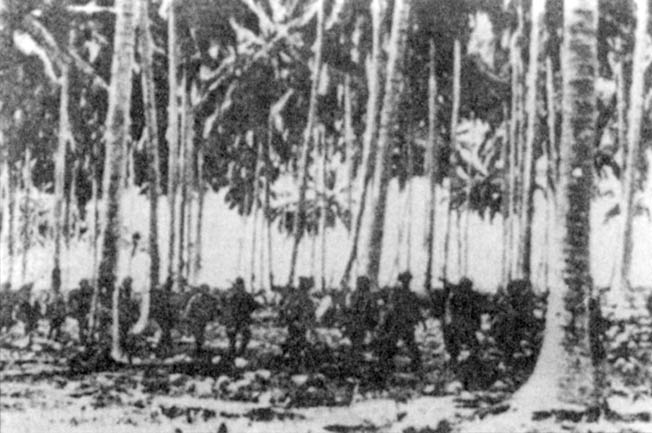
The Americans waiting in their entrenchments expected the main attack to come from the west, even though a captured Japanese map indicated a three-pronged attack. While no enemy appeared from the east, patrols to the south found only half-starved, poorly armed stragglers, and air patrols spotted nothing, the west seemed the likely direction of the attack, especially on October 18, when Sumiyoshi’s batteries opened up. The Marine batteries quickly returned fire.
Meanwhile, Colonel Akinosuku Oka’s 124th Infantry (minus one battalion) and the 3rd Battalion, 4th Infantry crossed the Matanikau on the evening of the October 19. Sumiyoshi had ordered Oka to take up positions at Mount Austen in preparation to attack the Marines east of the Matanikau from the south. Oka’s troops would be delayed by the terrible terrain that was bogging down Maruyama’s men.
Colonel Nomasu Nakaguma, who commanded the rest of Sumiyoshi’s infantry contingent, gathered his troops for an attack on October 22. Two days before, three tanks that approached the river came under fire from a 37mm gun, which damaged one of them. The next evening after the artillery went silent, nine Japanese tanks with infantry support attempted to cross the sand bar. The 37mm gun knocked a tank out, and the patrol pulled back.
By October 22, Maruyama reported to Hyakutake that his men were not in position yet, and the attack was postponed for the next day. Maruyama was not to make that date either, and the attack was postponed for two additional days.
Sumiyoshi, who was out of contact with Maruyama, launched his attack on October 23. For most of the day it had been quiet. At 6 pm the Japanese artillery began pounding the Marines’ horseshoe along the Matanikau River, as well the coast road and rear areas. When the guns fell quiet, Nakaguma attacked. Unknown to Nakaguma, Oka, who was to begin his assault to the south, had to delay his attack because his troops were not in position.
Four Japanese tanks from the 1st Tank Company emerged from the jungle and rumbled toward the sandbar. The first tank had not gone far when fire from a 37mm gun stopped it. A second tank pushed on, making it over the sandbar and overrunning a machine-gun post. Then, the tank churned near the foxhole occupied by Private Joe Champagne, who reached out and stuck a grenade in its track. The grenade exploded, knocking off the track and causing the tank to veer down the beach toward the water. The crew of an American half-track with a 75mm gun finished it off. The remaining two tanks were soon knocked out, as were five tanks in the second wave.
Meanwhile, Marine artillery and mortars broke up Nakaguma’s infantry attack before it got very far. A second attempt to cross the river around midnight was quickly stopped. The Japanese lost 600 men in the failed attack, while the Marines suffered 39 casualties.
The next morning, the Marines holding the horseshoe along the Matanikau spotted a column of Japanese troops on a ridge to their left rear. This was part of Oka’s force still moving into position. To counter this enemy force, Lt. Col. Herman Henry Hanneken’s 2nd Battalion, 7th Marines was diverted to a ridge east of the horseshoe’s refused left flank.
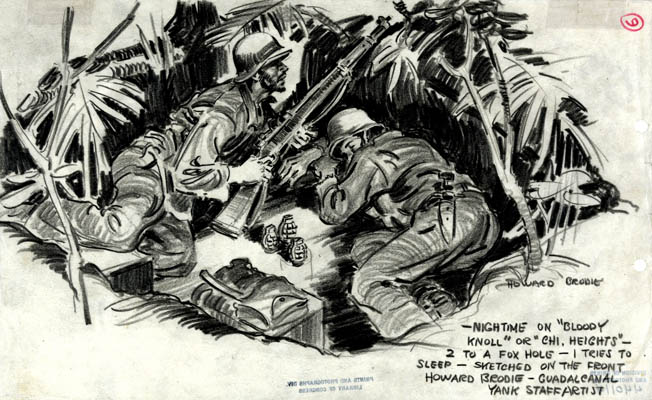
Meanwhile, Puller’s battalion covered the 2,500-yard sector by itself, having a platoon from each rifle company, a part of the weapons company, and the battalion command post take over the right half of the sector. On a hill 1,500 yards in front of Puller’s left flank a platoon held an outpost that dominated a large grassy area.
Troubling intelligence was received on the afternoon of October 24, when a straggler from a 7th Marines’ patrol reported spotting an enemy officer with binoculars studying Edson’s Ridge. A scout sniper mentioned seeing smoke from many rice fires south of Edson’s Ridge near the Lunga River. About 4 pm native scouts brought word to the 164th Infantry that they had seen 2,000 enemy troops not far from their sector. Despite these reports it was too late in the day for any major troop rearrangement.
Maruyama’s two wings were finally moving into position. They were to begin their attack at 7 pm. At 4 pm it started to rain, which began to pound down an hour later and slowed the troops as they struggled forward through muddy areas. After sunset the jungle became pitch black, and units had difficulty finding their directions. There was no way the attack was going to be launched at 7 pm.
By 9 pm the rain stopped. The moon cast a feeble light through openings in the thick jungle canopy. Thirty minutes later the Marine outpost in front of Puller’s sector spotted the enemy. Puller ordered the Marines there to withdraw to the main perimeter.
Each of Maruyama’s wings had three rifle battalions forward and three in reserve. The right wing was now under the command of Colonel Toshinaro Shoji. He had been given the command following the removal the day before of Kawaguchi for his bungled handling of his wing. These troops lost their direction and became confused in the darkness, which left the 29th Infantry of Nasu’s left wing to make the main attack.
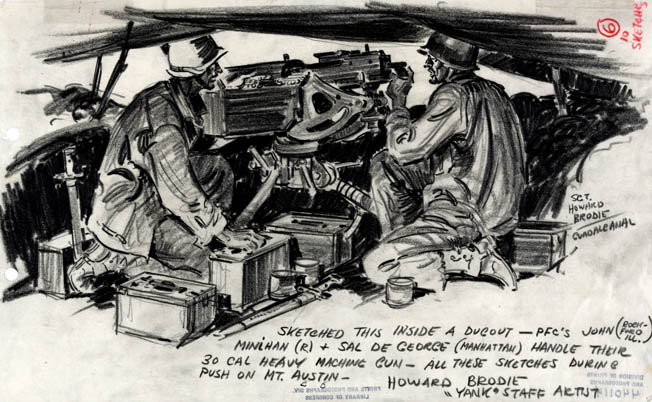
Around 10 pm the Japanese, probably from one of Shoji’s battalions, made contact with the Americans’ southern perimeter, attacking the junction between the 164th Infantry and 7th Marines. A blaze of machine-gun and infantry fire lit up the night from the defenders’ positions. Mortar and artillery shells quickly came screaming down on the Japanese struggling through the barbed wire in front of the American perimeter. Canister rounds from 37mm guns ripped into the attackers, doing deadly damage. The first attack was stopped cold. Despite this, a mistaken signal from the 17th Army claimed the right wing had taken the airfield around 11 pm.
Lead elements of the 29th Infantry from Nasu’s left wing attacked shortly after midnight on October 25. Barbed wire was soon discovered in a clearing in front of the Marines, and Japanese engineers attempted to cut gaps through it. A company of Japanese soldiers crawled up through foot-tall grass, but before the opening in the wire was complete some of them stood up. Another screamed “Banzai.” Machine-gun fire sliced through these soldiers at ground level while mortar shells rained down on them.
More attacks would follow. To beat back these attacks the Marines received reinforcements from the Army. The first of these reinforcements were three platoons from Lt. Col. Robert Hall’s 3rd Battalion, 164th Infantry, which were soon followed by the remainder of the battalion. As these troops were untested in battle, they were distributed among the 1st Battalion, 7th Marines by squads and platoons.
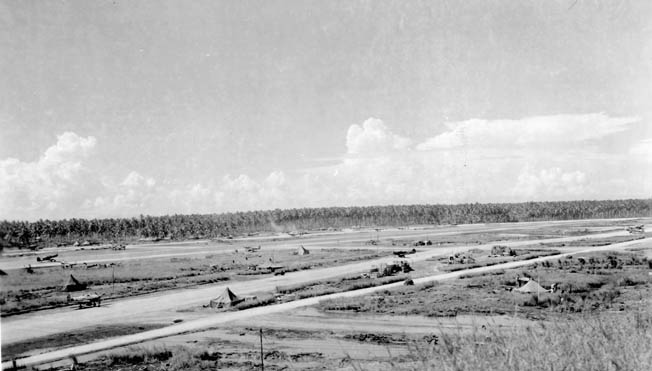
Machine-gun and infantry fire, along with mortar, artillery, and 37mm fire support, hammered the Japanese troops. During these attacks, Marine Sergeant John Basilone, who was in charge of two sections of heavy weapons of Company C, kept his machine guns operating by ensuring his men had extra ammunition belts. When two machine guns were knocked out in the midst of the action, he brought a replacement. He then repaired the damaged one and fired it until help arrived to take it over. For his actions, he received the Medal of Honor.
At 3:30 am, the soldiers of Colonel Masajiro Furimiya’s 3rd Battalion, 29th Infantry charged the Marines. While most of his attacking force was cut down, Furimiya, with 100 men, managed to penetrate the American line but became trapped in a pocket. The Marines repulsed another attack at sunrise. Nasu ordered his troops to fall back into the jungle and wait for night to attack again. The Marines, meanwhile, wiped out Furimiya’s pocket and other clusters of Japanese troops trapped inside their lines.
At 8 am on October 25, Japanese artillery began shelling Henderson Field for three hours. Japanese aircraft bombed the Americans in seven separate attacks during the day. At first, the Marines could not offer much resistance to the aerial assault with their own fighters because the heavy rains had saturated Fighter Strip No. 1, making it difficult, if not impossible, for aircraft to take off. Meanwhile, three Japanese destroyers arrived in the morning and sank two American destroyer transports. After sinking two harbor patrol boats, the Japanese destroyers began shelling Lunga Point. Marine shore batteries returned fire, striking the destroyers three times. The Japanese ships withdrew out of range, taking with them the Koli Detachment. Thus, there would be no Japanese landing at Koli Point. As the day wore on, the fighter strip became dry enough for the Marine aviators to take off to engage the enemy over Guadalcanal; they knocked out more than 20 enemy aircraft.
While the American position was receiving its heaviest concentration of shells and bombs to date, the lines were readjusted as the 5th Marines in Sector Five shifted their line to the southwest, closing the gap with the left flank of the 2nd Battalion, 7th Marines at the horseshoe. In Puller’s sector, the intermingled 3rd Battalion, 164 Infantry reunited and took over the eastern part of the line while the Marines held the other part including the south slope of Edson‘s Ridge.
Maruyama prepared to resume his attack once the sun set. He placed his reserves, the 16th Infantry and the 2nd Engineer Battalion, under Nasu’s command. The 16th Infantry on the right and the remnants of the 29th Infantry on the left would make the main attack. In addition, two of Shoji’s battalions were deployed to cover Maruyama’s right flank. This action was the result of a false report that indicated an American force was headed toward them.
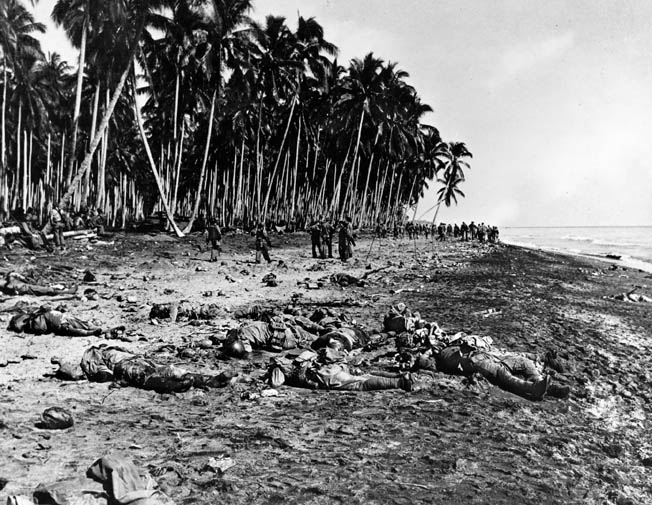
The 2nd Division’s mountain howitzers and mortars opened up around 8 pm on Puller’s Marines and Hall’s soldiers with a light barrage. Supported by machine-gun fire, the Japanese attacked in groups of 30 to 200 men, mostly against Hall’s soldiers. The attacks were beaten back with heavy casualties for the Japanese.
In the early hours of October 26, a heavy attack was launched by the Japanese 16th Infantry against the seam dividing the 2nd and 3rd Battalions, 164th Infantry. The Marines, who were supported by a pair of 37mm guns from the weapons company of the 7th Marines, shattered the Japanese attack, killing approximately 250 enemy troops. At daylight the Japanese withdrew into the jungle. Maruyama reported to Hyakutake that he simply could not penetrate the American perimeter.
At 3 am on October 26, Oka attacked Hanneken’s 2nd Battalion, 7th Marines, which was holding a ridge on the eastern end of the refused horseshoe position. Company F of the 2nd Battalion found itself especially hard hit by swarms of enemy troops.
Sergeant Mitchell Paige’s machine-gun section fired at the enemy. In the wild fight, all of Paige’s men were hit. He continued firing the two machine guns alternately as he was able. At one point he endured enemy fire long enough to bring up a replacement gun for one that was knocked out of action. For his valor, he received the Medal of Honor.
Despite the stout Marine defense, the Japanese forced Company F from its position on the ridge. Major Odell Conoley scraped together 17 men, including rear-echelon troops, for a counterattack. They advanced at 5:40 am. They were soon joined by Paige, a handful of Marines from Company G, and a couple of platoons from the 5th Marines. The ad hoc combat group retook the lost ground.
The battle for Henderson Field was over. It had been a bloody battle for the Japanese, who lost 2,200 soldiers killed by a Marine estimate. The Americans had suffered 86 killed and 192 wounded. The Marines and soldiers had good defensive positions and vital artillery support which proved to be critical to success. As Puller would later comment, “We held them because we were well dug in, a whole regiment of artillery was backing us up, and there was plenty of barbed wire.”
While the 17th Army was recovering on October 26 and preparing to withdraw from the American perimeter, the naval Battle of the Santa Cruz Islands raged nearby. Among the U.S. Navy’s losses during the two-day battle were a carrier, a destroyer, and 74 aircraft. The Japanese, who lost more than 100 planes and suffered significant damage to three carriers and two destroyers, retired from the area.
Although Hyakutake’s 17th Army had been defeated in its attempts to take Henderson Field, the fighting was by no means over on Guadalcanal. The following month saw more naval battles. During that time, the Americans cleared the enemy from the Matanikau area and Koli Point.
December brought a change for the Americans at Guadalcanal. The exhausted leathernecks of the 1st Marine Division were replaced by units of the U.S. Army IV Corps under Maj. Gen. Alexander McCarrell Patch. Patch switched over to the offensive. By February 9, 1943, the Guadalcanal campaign officially was over and the island secured for the Allies. Japanese Captain Toshikazu Ohmae, an officer in the Japanese 8th Fleet, said afterward that following the Battles of the Coral Sea and Midway he still had hope of victory, “but after Guadalcanal I felt we could not win.”
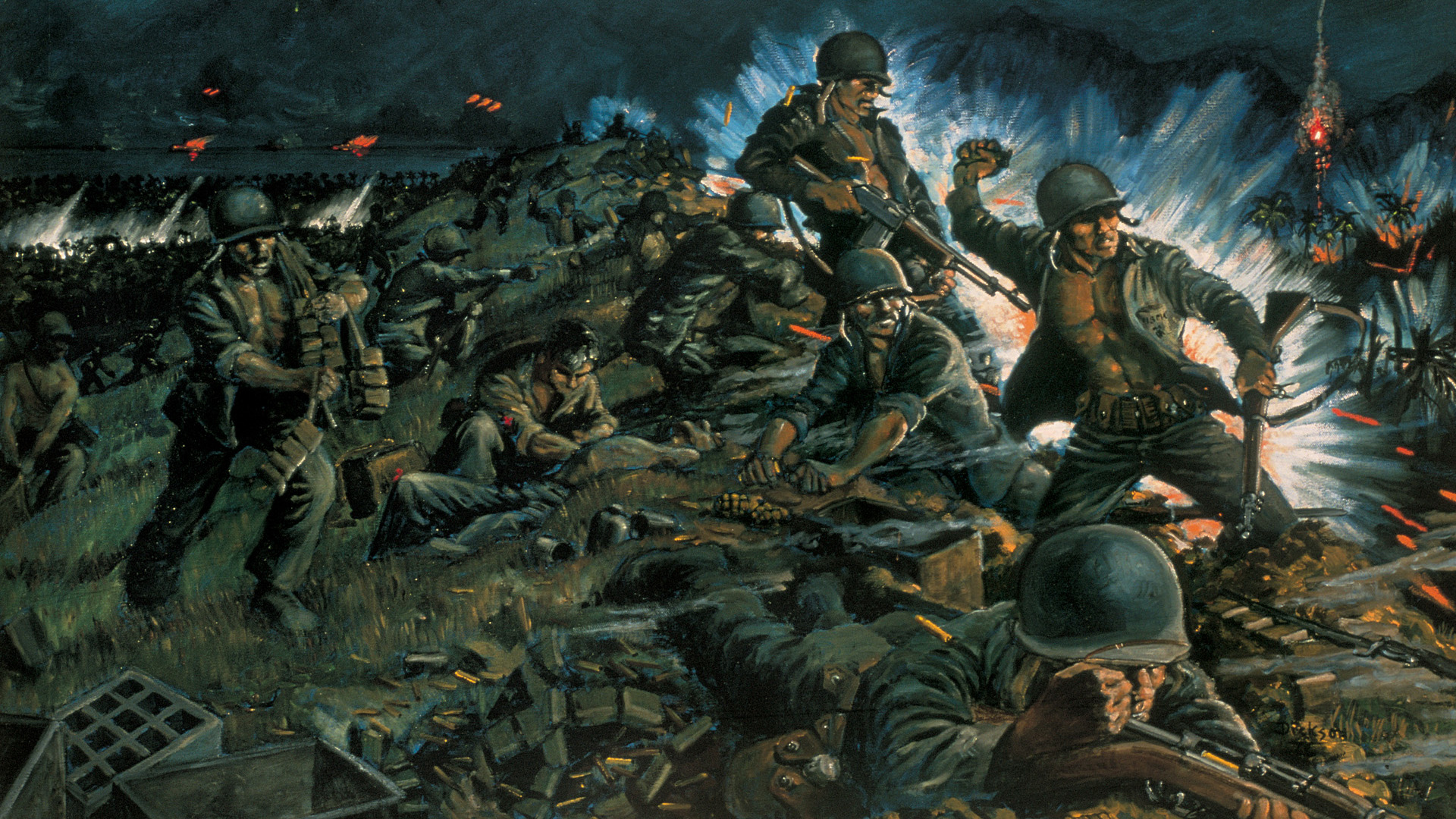
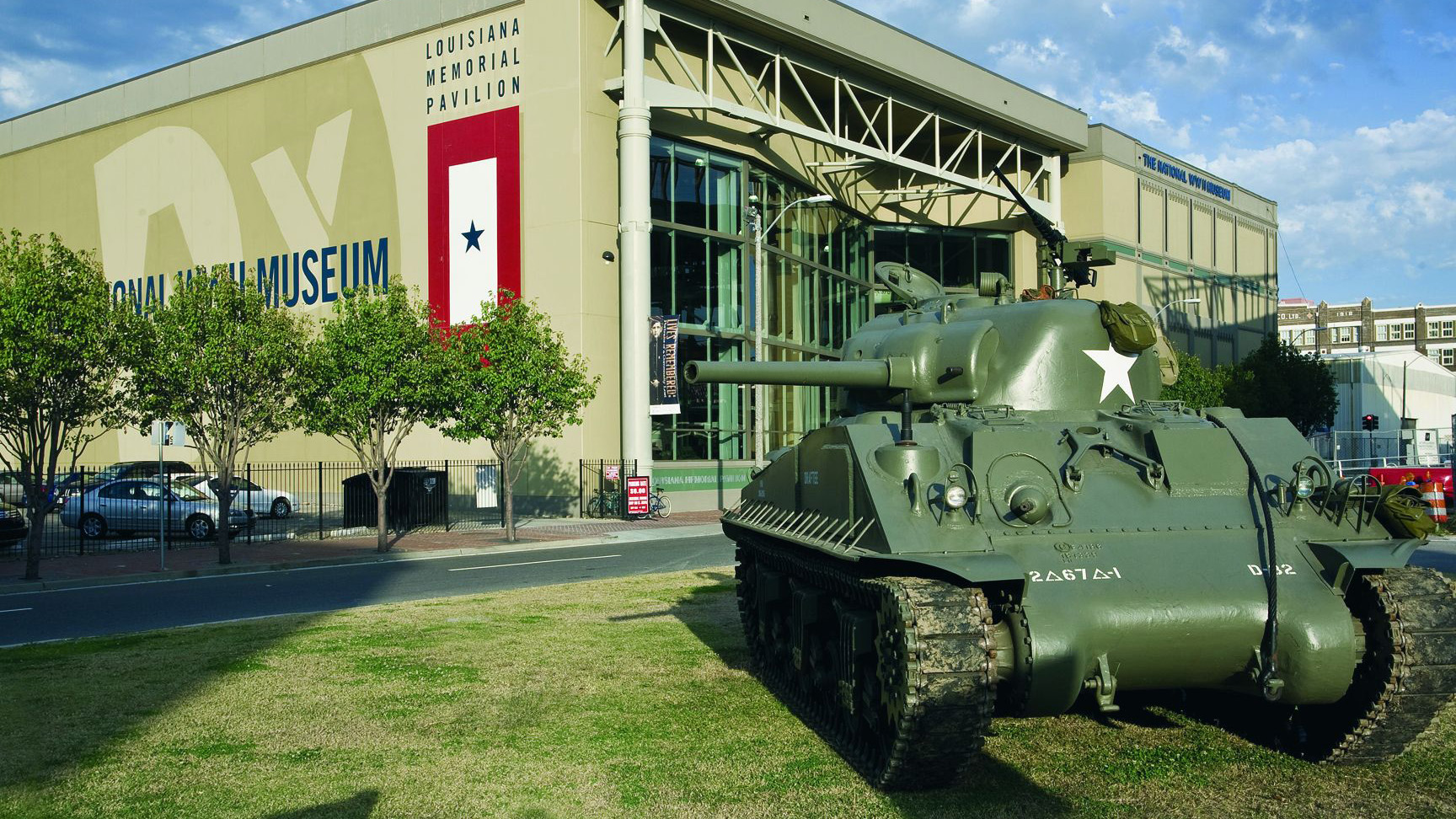

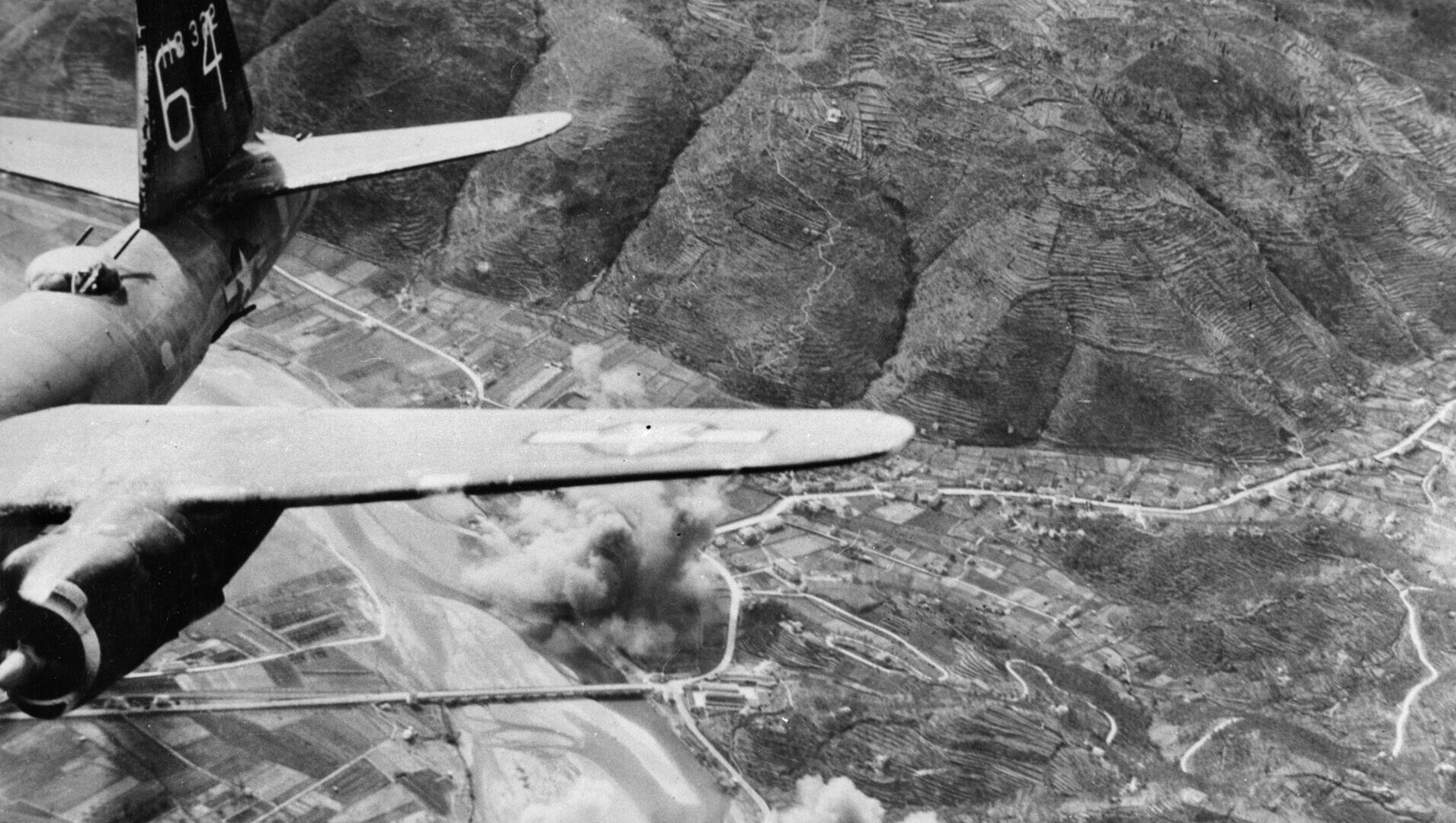
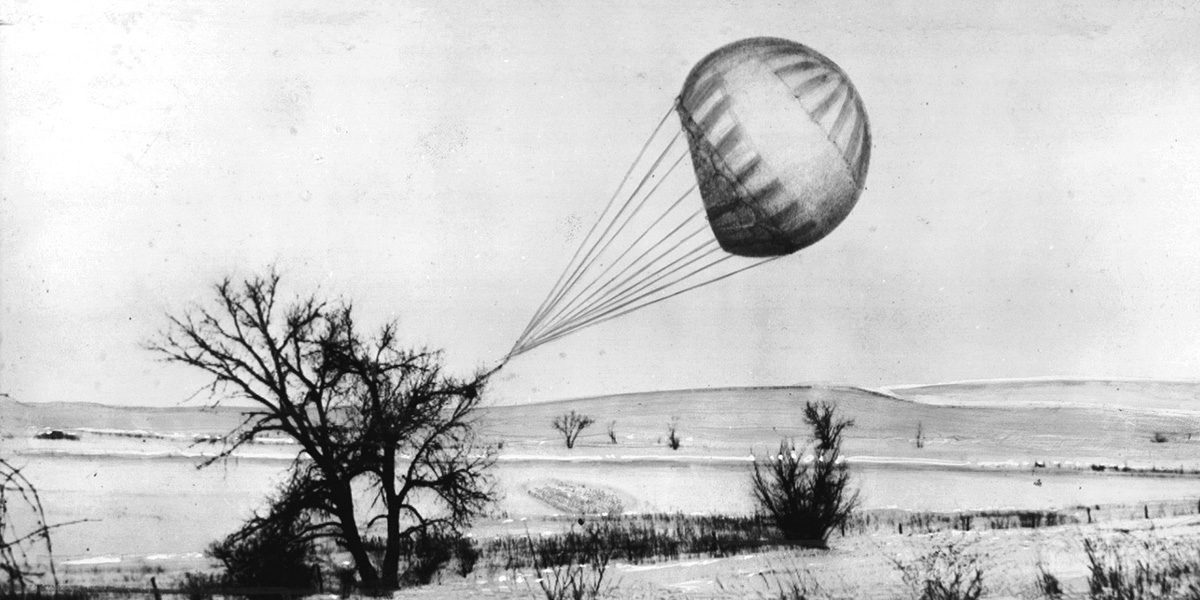
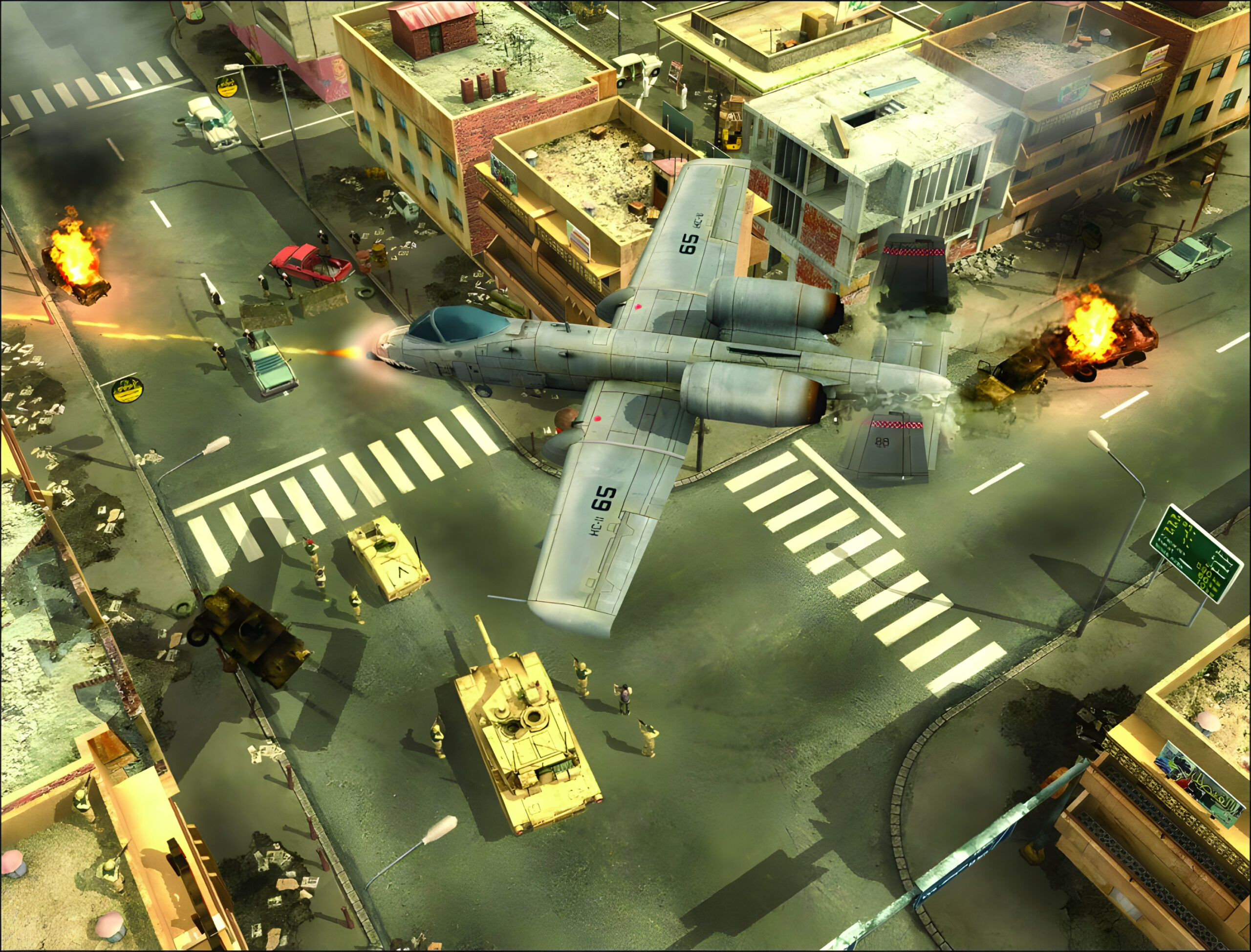
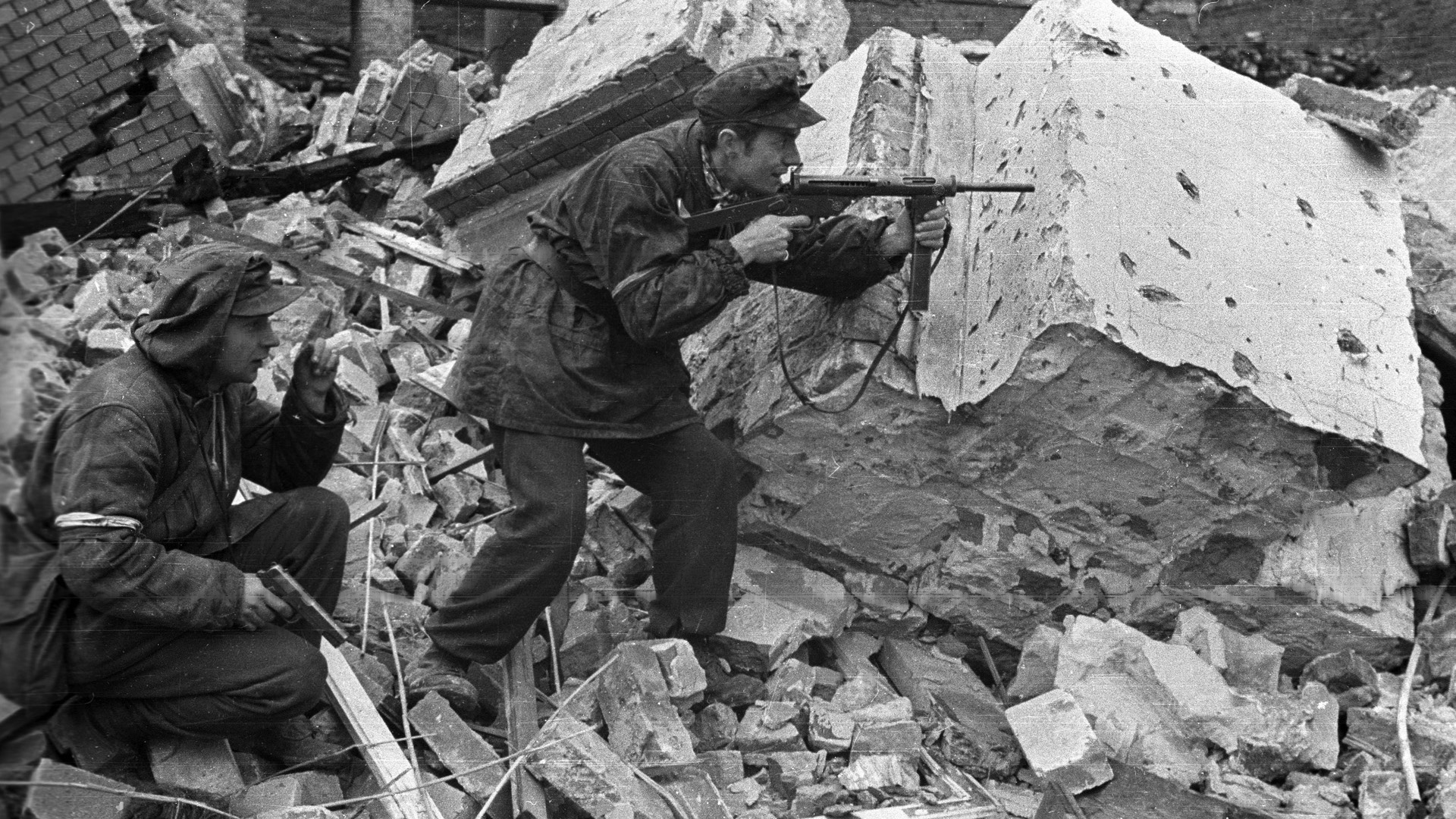
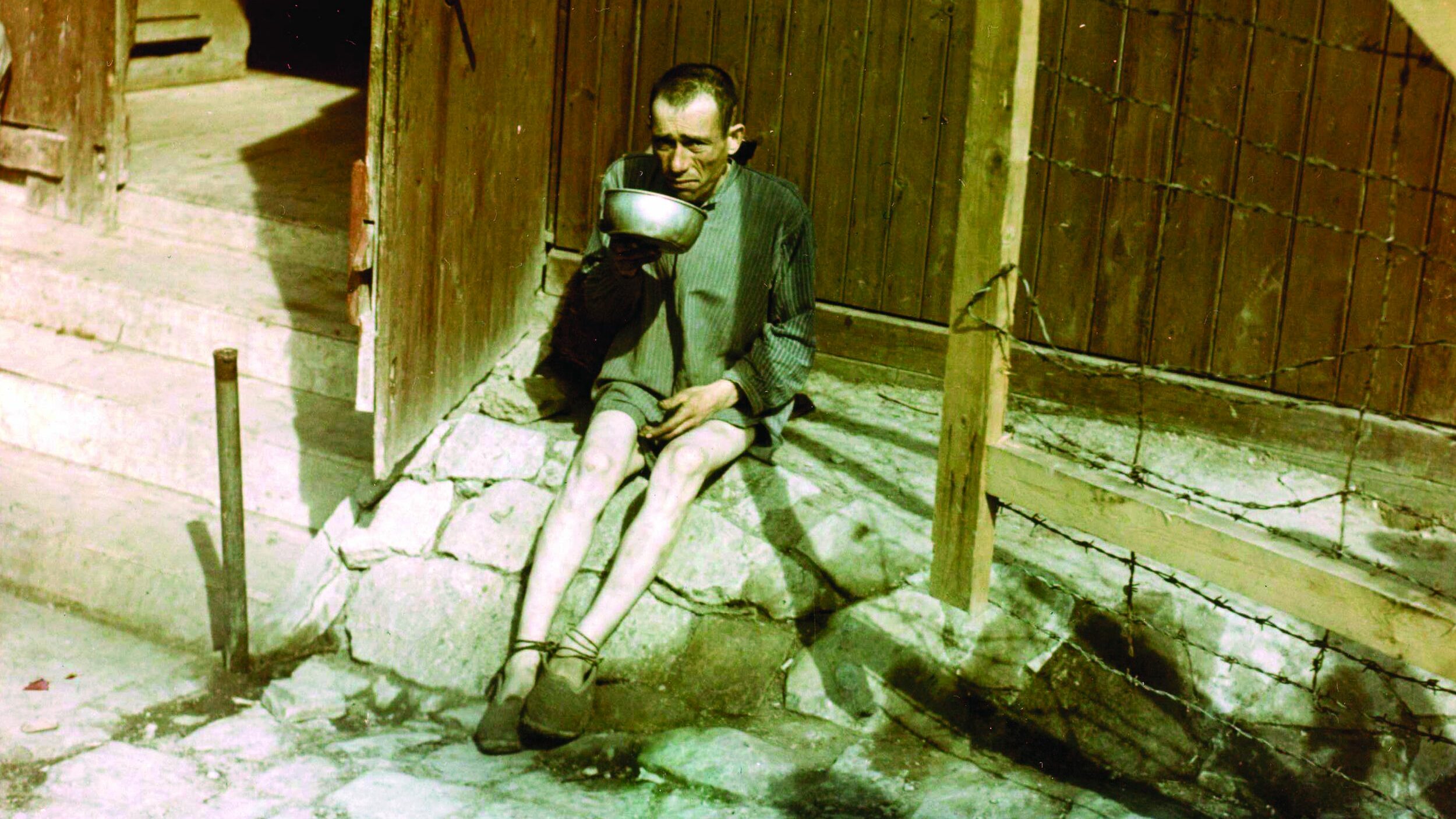
I live on Guadalcanal Solomon Islands – I am chairman of the Solomon Scouts and Coastwatcher Trust Board which has developed a “Pride of Our Nation” monument to honour the efforts and support to the Marines in 1942.
Are you aware of this development – which was dedicated on the 7th August 2011- please contact by email on – info@prideofournation.org.sb also on facebook
Sir Bruce Saunders KBE.OBE.
Chairman